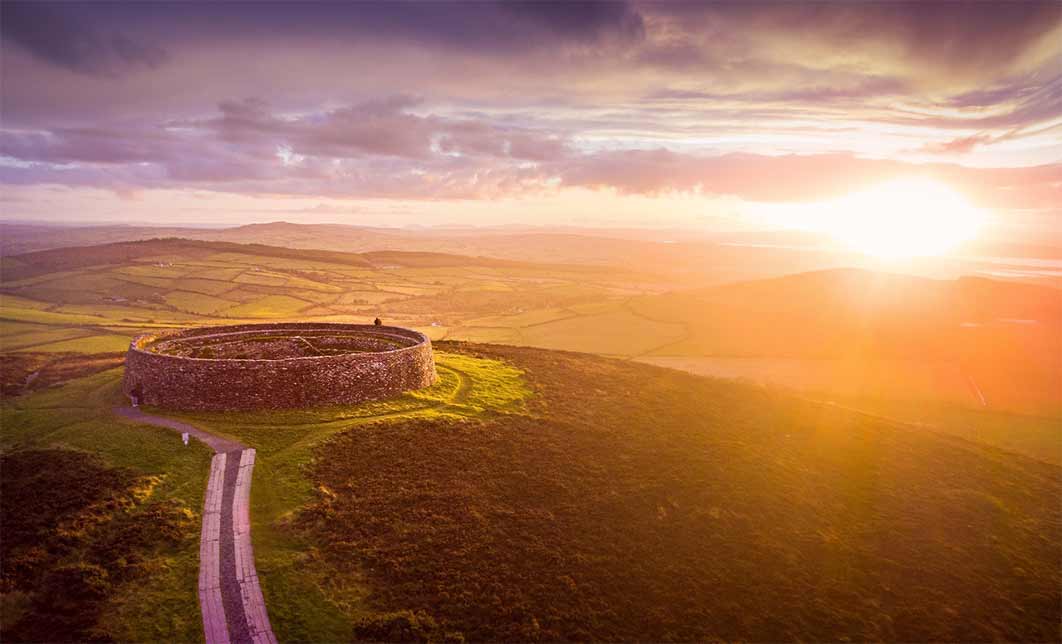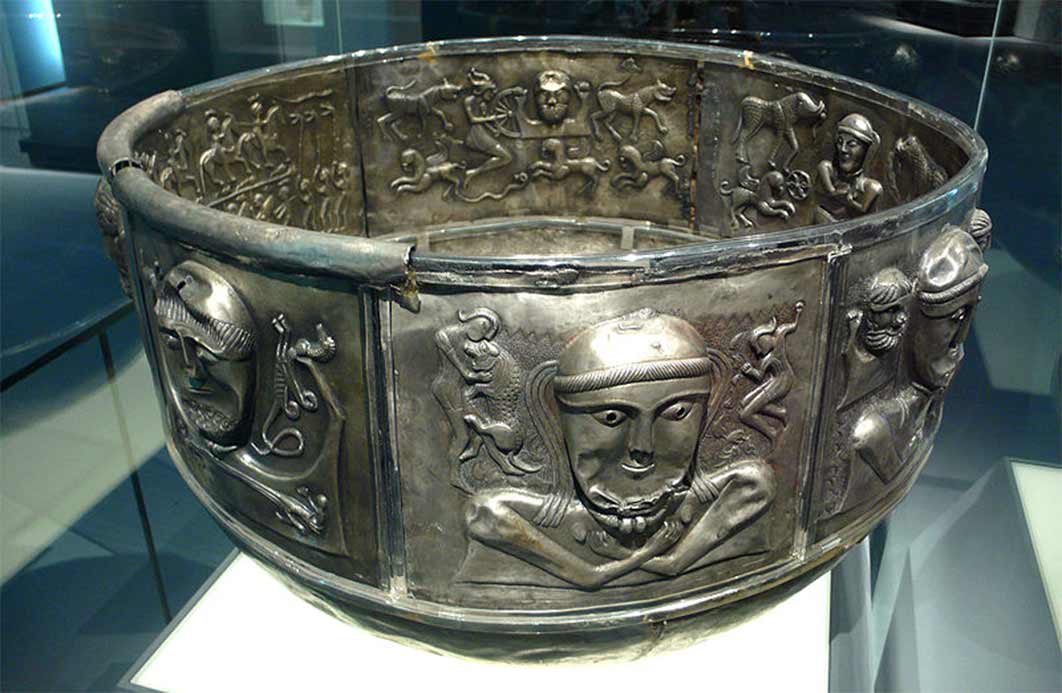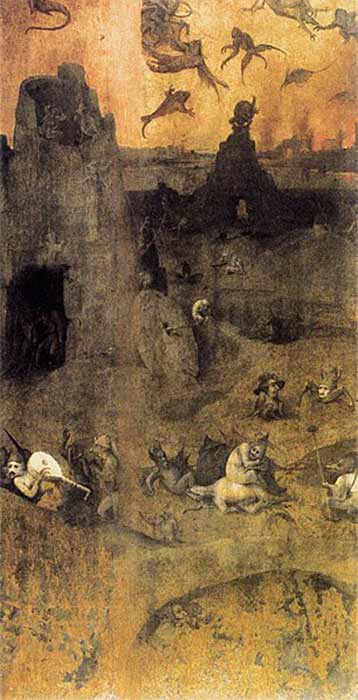
Ireland’s Tuatha Dé Danann: Descendants Of The Fallen Angels From Canaan
Rebellious, fallen angels, who were expelled from heaven to earth populate the mythologies and religious texts of the three main Abrahamic religions. However, the term ‘fallen angel’ appears neither in Abrahamic scriptures or in the Bible, even though it is commonly used to describe angels that sinned in heaven and were subsequently cast to earth to practice their malevolent magic.

Gundestrup Cauldron depicting Dagda of the Tuatha Dé Danann (150 BC) Art of the Celts, Historic Museum of Bern. (Public Domain)
For most Christians, the Devil was once the angel Lucifer who defied God and fell from grace and this is why he is remembered as ‘fallen angel’. According to historian Lester L. Grabbe’s book, A History of the Jews and Judaism in the Second Temple Period, in Jewish religious mythology during the late Second Temple period (516 BC - 70 AD), the Sons of God, known as the Nephilim, were the Biblical giants who were considered the monstrous offspring of fallen angels who bred with human women. Furthermore, The Book of Daniel 4 refers to heavenly beings called ‘watchers’ who fell for human women.

The Fall of the Rebel Angels by Hieronymus Bosch (circa 1508) Museum Boijmans Van Beuningen. (Public License).
To rid the world of the troublesome Nephilim, God caused the great flood, but while they physically drowned, ten percent of the disembodied spirits of the Nephilim remained after the flood, their souls bound to torment life on earth as demons. Later Christian theology argued that the sins of fallen angels occurred before the beginning of human history and that fallen angels were associated with the armies of Satan in rebellion against God, but all religious systems ultimately fought fallen angels as demonic entities. While the so-called fallen angels in Christian and pagan mythology included Belial, Beelzebub Moloch, Chemosh and Satan himself, the 1984 book The Qur'an and Its Interpreters, Volume 1 explains that it has always been a point of great debate among historians as to whether or not the Quranic jinn of Islamic traditions are the same entities as the Biblical fallen angels.

The Fallen Angels by Salvatore Albano (1893) Brooklyn Museum in New York City. (Public Domain).
The Sidhe - Ancient Ireland’s Fallen Angels
Mostly everyone, no matter where they were born, and generally from a very young age, has heard of demons and most religious people have come across the term ‘fallen angel’. However, in pre-Christian Ireland and Scotland the terms ‘fallen angels’ and ‘demons’ were not used so much as the terms ‘fae-folk’ and ‘faeries /fairies’. Similarly, to fallen angels and demons, so too did faeries lurk at crossroads, guard doors and bridges, hide in trees and roofs and they all played havoc when people were sleeping. They blessed or cursed weddings, assisted or blighted childbirths and determined the success of harvests. Essentially, the fallen angel and the fairy was a mediator between this material realm, and the Otherworld. All of these shape-shifting entities travelled freely between worlds and in mythology and religion they empowered humans with daemonic, superhuman forces and inspired and fulfilled the destinies of people with destructive wills.




